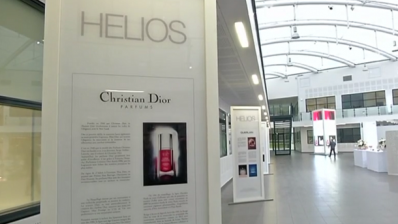Good news for US brands! Economy on the upswing, say analysts

While some other economic indicators continue to paint a mixed picture, the Council revealed the pigments industries and the production of plastic resins in consumer applications for the likes of personal care products to stay on a continuous strong pace.
The economic indicator, shown to lead US business cycles by an average of eight months at cycle peaks, increased 0.1 percent over July on a three-month moving average (3MMA) basis, marking its fourth consecutive monthly gain.
The index itself is at its highest point since June 2008 which is now up 3.8 percent from over a year ago, the largest year-over-year increase since September 2010.
"As we approach the fourth quarter, the US economy seems to be making strides, compared to the baby steps of earlier in the year," says Dr. Kevin Swift, chief economist at the American Chemistry Council.
"The Barometer is showing a strengthening of year-over-year growth and suggests an economy which finally may be gaining momentum," he added.
Findings also back up market analysts view
Despite Americans receiving conflicting messages about the state of the economy, The Wall Street Journal also recently reported analysts to be estimating the US as bouncing back from the recession of late, particularly in the area of luxury cosmetics.
A recent Harris Poll EquiTrend study also backed up that point of view stating that; "Double-digit sales increases became harder to attain for companies such as LVMH which had operated in China for more than 20 years, [but] are experiencing strong U.S. sales."
"There's been a lot of discussion in the media as to whether 2013 will bring about another recession, so it's interesting to see equity is on the rise for luxury brands typically associated with higher discretionary income, even as other economic indicators suggest a possible downturn," says Aron Galonsky, Senior Vice President, at Harris Interactive.
Meanwhile, Euromonitor also delivered good news to cosmetic giants that the US is amongst five regions expected to account for 30.4 percent of global GDP in purchasing power parity (PPP) terms by 2020, which is a measurement of different countries' currencies over the same types of goods and services, allowing a more accurate comparison of living standards.



















